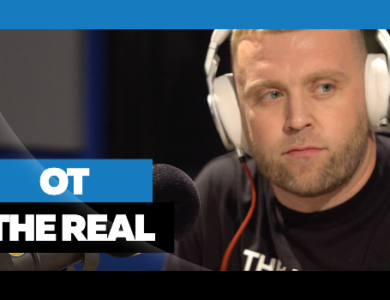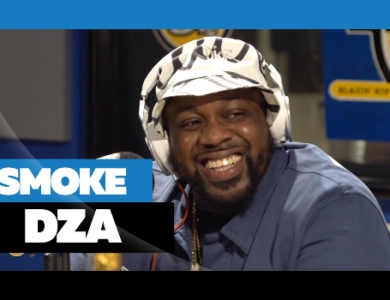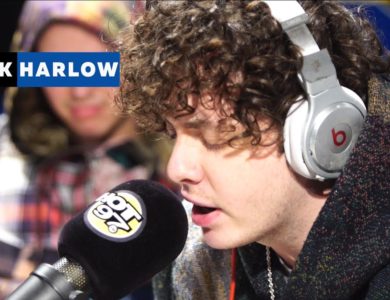
Pitcher Bert Blyleven and second baseman Roberto Alomar were elected to baseball’s Hall of Fame on Wednesday.
Posted by Sabrina B. @gametimegirl
Blyleven finally gained election in his 14th year of ballot eligibility — one year before he would have been dropped from the ballot altogether, leaving his fate in the hands of the historically fickle Veterans’ Committee. For Alomar, success came in his second year on the ballot. Both had narrowly missed election a year earlier. Alomar was named on 523 of the 581 ballots (90.0 percent) cast by 10-year members of the Baseball Writers’ Association of America, while Blyleven was named on 463 ballots (79.7 percent). For election, a candidate must be named on 75 percent of ballots.
The election of Blyleven, 59, represents a victory of sorts for baseball’s increasingly influential sabermetrics community — a cadre of bloggers, journalists and numbers-crunchers for whom Blyleven’s continued omission from Cooperstown became a cause celebre in recent years, and one that apparently gained significant traction among voters.
While Blyleven was well-regarded during his playing career, he was not generally considered Hall-worthy at the time — perhaps best evidenced by the fact he made only two all-star teams and received Cy Young Award votes in only four of his 22 big league seasons. His career, while long and prolific, was eclipsed by those of contemporaries such as Nolan Ryan, Jim Palmer and Tom Seaver, all of whom sailed into Cooperstown on their attempts.
However, more recent analysis, trumpeted in sabermetric circles, has sought to prove that Blyleven was criminally underrated – both in his own era, and (especially) by Cooperstown voters. Central to that campaign was the fact Blyleven ranks fifth all-time in career strikeouts and ninth in career shutouts.
Blyleven was named on only 17.5 percent of ballots in his first year of Hall eligibility (1998), but his percentage began to surge in the second half of the 2000s, finally reaching 74.2 percent (five votes shy of election) in 2010.
Alomar also fell just short in 2010, his first year of eligibility, when he was named on 73.7 percent of ballots. He was widely considered the premier second baseman and one of the top all-around players of his generation, making 12 all-star teams, winning 10 Gold Glove Awards and finishing in the top 10 of MVP voting five different times. His relatively large vote total this year suggests many voters penalized him a year ago for his infamous spitting incident with an umpire.
One question regarding Alomar now is which team’s cap he will wear on his Cooperstown bust. He spent the prime of his career with three different teams – Toronto (five seasons), Baltimore (three) and Cleveland (three), winning a pair of World Series titles in Toronto and having arguably his best offensive season in Cleveland, in 1999. Although the player has some input into which cap he will wear, the ultimate decision-making powers rest with Hall of Fame officials.
Further down the vote tally, one can see the effects of the lingering, contentious debate over the impact of steroids and other performance-enhancing drugs on the game. In his first year of eligibility, first baseman Rafael Palmeiro was named on only 64 ballots (11 percent), despite being one of only five players in history to have surpassed both 500 homers and 3,000 hits. Palmeiro tested positive for steroids in 2005, a result he continues to blame on a tainted shot vitamin B-12 supplied by a teammate.
For slugger Mark McGwire, who last February admitted he used steroids throughout his career, that admission did not help his Hall of Fame cause. In fact, his voting percentage actually dropped this year — to 19.8 percent.












